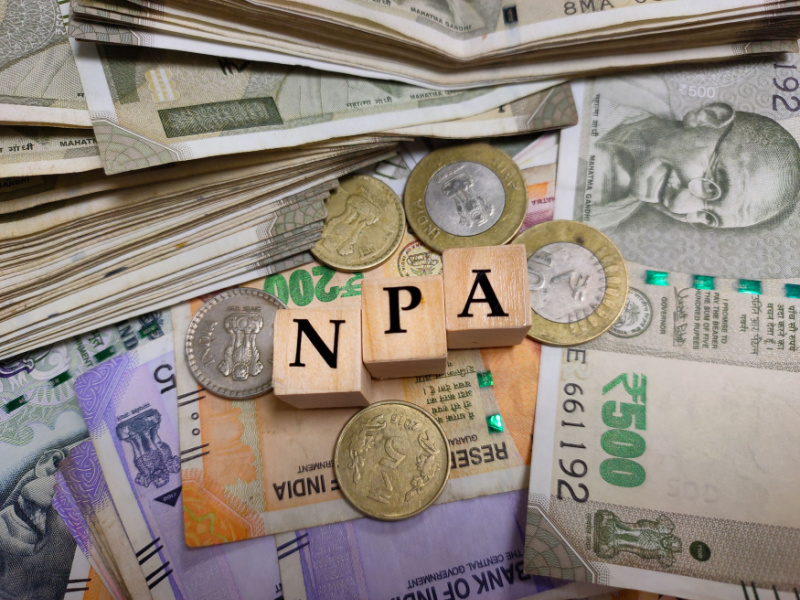
India’s central bank Reserve Bank of India has been on a repo rate increasing spree with a fresh raise in the repo rate announced this month. On February 8, 2023, the repo rate was once again raised by 25 basis points from 6.25% to 6.5% in a bid to fight rising inflation. The consumer price index inflation reached 6.52% in January this year, signally cause for worry for the common man. On one hand, global inflation is pushing up the prices of goods and services and on the other hand, the rising repo rate is resulting in higher EMIs for loan borrowers.
So, how does a repo rate hike impact loans and how can one reduce the burden of EMIs in this situation? Let’s understand the effect of RBI’s repo rate hike on loan borrowers.
RBI announces repo rate increase
On February 8, 2023, Reserve Bank of India (RBI) increased the repo rate by 25 bps to 6.50%, which was widely speculated. As a result of the February 8 rate hike, banks are expected to increase interest rates on retail loans. Therefore, it is crucial for home loan borrowers to understand how the RBI’s repo rate hike will affect their monthly EMI payments.
Relation between home loan interest rates and RBI repo rate
Floating home loan interest rates are linked to a benchmark, which, in most cases, is the RBI repo rate. Thus, with every revision in the repo rate, the home loan interest rate goes up and so do borrowers’ EMIs. In the present scenario, the repo rate rise has an immediate impact on loan interest rates. Thus, borrowers will see a rise in their EMIs within the next 2-3 months. In some cases, the banks may increase the tenure of loans so that borrowers are not presurised.
Here’s how it works:
Suppose you have taken a loan of Rs. 50 lakhs for 10 years at 8.35% interest rate. The remaining loan amount is Rs. 40 lakhs. Since the repo rate has increased by 25 basis points recently, the interest rate may move up from 8.35 to 8.60%. If all other factors are assumed to be constant.
1 basis point = 0.01%
Therefore, 25 basis points = 0.25%
When the interest rate was 8.35%, the EMI on a Rs. 40 lakhs outstanding would have been Rs. 49,274. Thus, the net interest outflow in 10 years would have been Rs. 19.12 lakhs.
With the rise of 0.25%, the outstanding amount of Rs. 40 lakhs over 10 years will result in an EMI of Rs. 49,808. The net interest outflow will therefore be Rs. 19.77 lakhs.
How can borrowers reduce loan EMIs?
Tips for existing borrowers
Existing loan borrowers can opt for a balance transfer facility to reduce the EMI burden. Here, one can transfer the entire outstanding loan to another bank to avail lower interest rates. This is especially advisable for those who have a higher outstanding loan balance.
Important factors to consider before opting for balance transfer:
- Significant interest rate differential
- Processing fees
- Other charges
Existing loan borrowers looking to reduce their loan EMI burden or interest burden can also try to pre-pay the outstanding loan amount as much as possible with surplus funds available. This is another way to save costs in such scenarios. Additionally, those who cannot manage to prepay can opt for a longer loan tenure but will have to deal with a higher interest burden in the long run.
Tips for new borrowers
New loan borrowers looking to reduce their EMI burden can go for a loan that allows a higher down payment. They can also opt for longer repayment tenure. This depends on the kind of relationship one enjoys with the lending bank since interest rates can be negotiated in some cases.
Will repo rate rise further?
The recent successive hikes in the repo rate have helped in taming inflation to a certain extent. Experts believe that this could be the end of rate hikes for the near future. Although this may be the peak of interest rates, home loan borrowers may continue to bear the burden for the foreseeable future. This is because RBI may not bring down the rates any time soon.
Conclusion
Most home loan borrowers in the country had been enjoying low-interest rates for almost a decade. Now, with rising interest rates, borrowers are starting to feel the pinch. Since the recent repo rate hikes were only 36 days apart from each other, there is a fair chance of another hike in the short term. Using some of the above-mentioned measures, new and existing loan borrowers in the country can manage their EMIs better until inflation comes back in control.
FAQs
The lowest interest rates currently being offered on home loans in India is 6.65% by Citibank.
The repo rate hike is primarily aimed at controlling inflation and the rising prices of goods and services across the country. This will aid in bringing a balance in economic activities.
Home loan borrowers must be cautious about their borrowings and focus on financial planning in the current rate hike scenario. This will help in dealing with the rising rate pressure and ensuring that personal finances are not impacted.
Since interest rates may likely increase in the near future, it is up to an individual’s requirement and financial standing whether to borrow now or later. Borrowers must carefully plan their repayment through lower EMIs and longer tenures or higher down payment and lower EMIs.

























